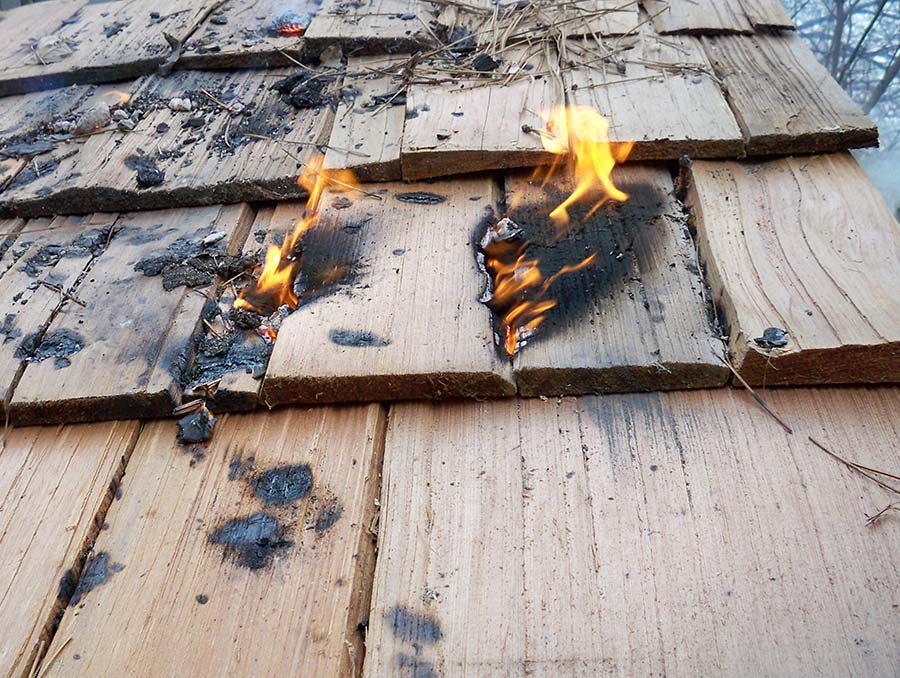With 675 fires having burned 235,751 acres in Nevada so far this year, and wildfires continuing to threaten homes and lives across the West, next week University of Nevada, Reno Extension’s Living With Fire Program wraps up its five-part virtual workshop series, “Five Ways to Prepare Your Family and Property for Wildfire.”
The final session is 11:30 a.m. – 12:30 p.m., next Tuesday, Sept. 29, on Zoom. Christina Restaino, natural resources specialist with Extension’s Living With Fire Program, will instruct residents on how to reduce the wildfire threat by retrofitting one’s home.
“There are a lot of things that can affect a wildfire’s likelihood of destroying a home,” Restaino said. “We’ll talk about alterations that people can make to their vents, windows, decks, roofs, walls and more to increase the chances of their home surviving a wildfire.”
The Living With Fire Program has offered this workshop series in September, which is National Preparedness month, as part of the program’s ongoing efforts to provide research-based information on how to live more safely in high wildfire-hazard environments, ultimately helping to save lives, property and homes. Since its inception in 1997, the program has received numerous regional and national awards, and its information has been used in 26 states and 25 countries.
“Wildfire is a part of our everyday life now, it seems,” Restaino said. “Nevadans, like others around the world, need to be proactive to help protect themselves and their homes.”
For more information about Extension’s Living With Fire Program, email Roice-Gomes or go to the Living With Fire Program website.












